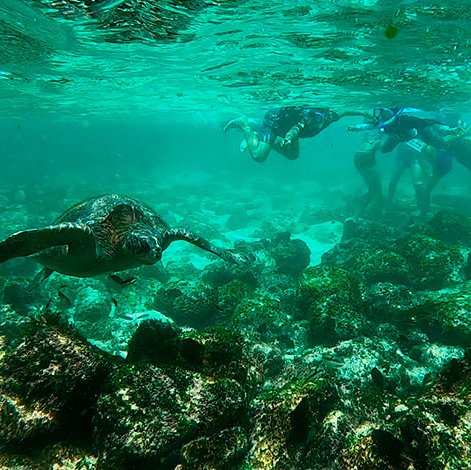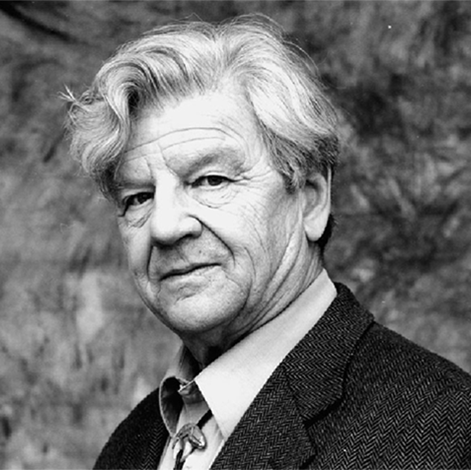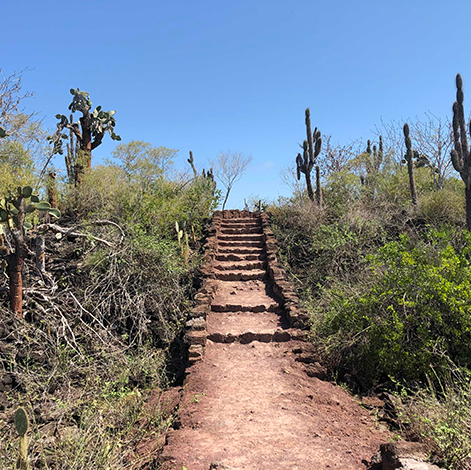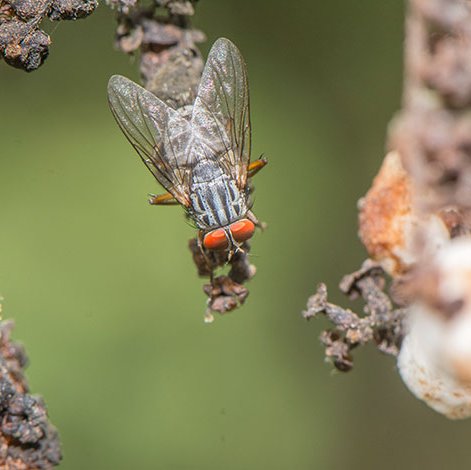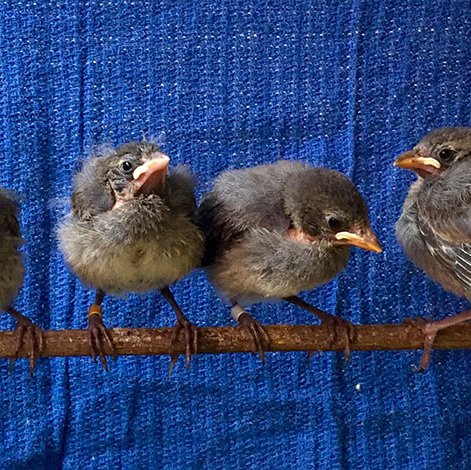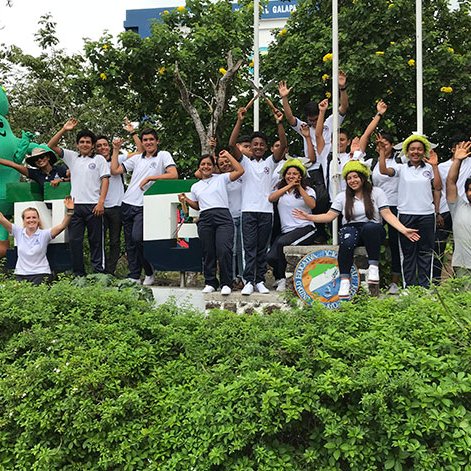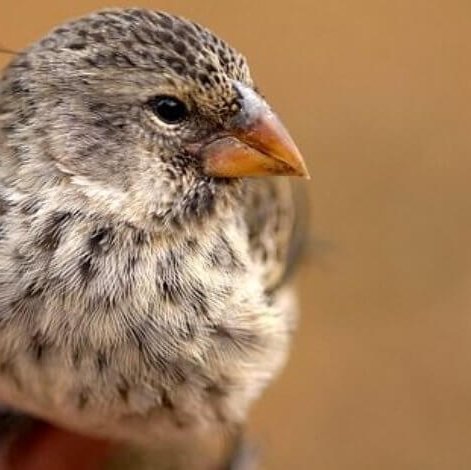Results
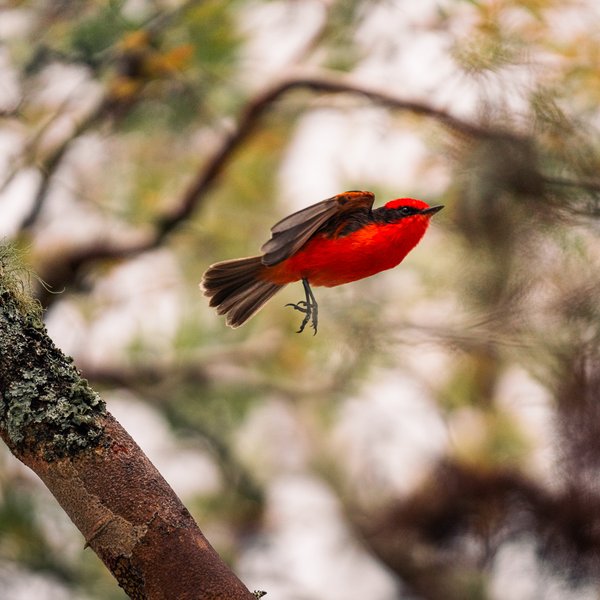
We are excited to announce that the Charles Darwin Foundation (CDF) is now a member of the Global Rewilding Alliance, an international network of over 170 organizations restoring nature around the world. Together, we believe that rewilding is one of the most powerful paths forward to tackle biodiversity loss, climate change, and the global environmental crisis.
For more than 65 years, CDF has grounded its work in rigorous science and deep commitment to conservation in the Galápagos Islands. From wildlife monitoring to habitat restoration, from policy advice to community engagement — our efforts center on restoring natural systems so they thrive. Joining the Global Rewilding Alliance now lets us share what we’ve learned, collaborate with new partners, and scale up our impact.

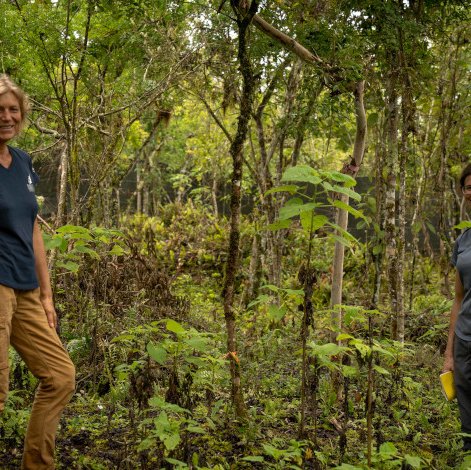
When we talk about Galapagos we always think of Darwin, giant tortoises and finches. But few outside Galapagos know about the Scalesia plants, commonly known as Darwin’s giant daisies.
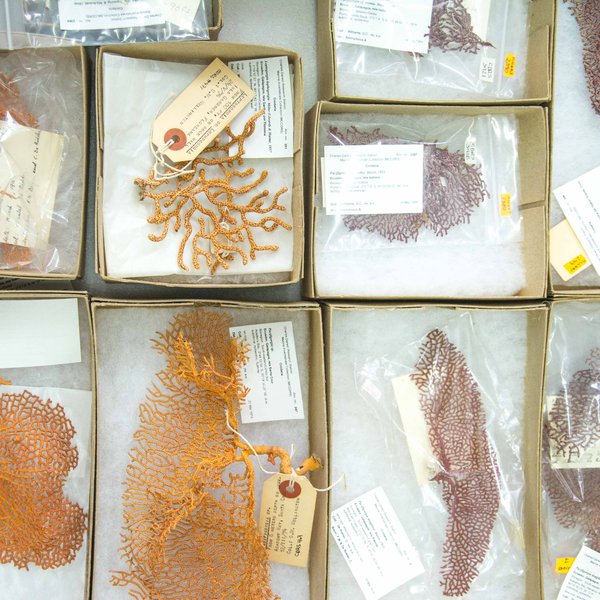
The Charles Darwin Foundation is home to the largest Natural History Collections of endemic, native and introduced species of Galapagos in Ecuador, with more than 135,000 specimens and 7,500 species across four Collections: Marine, Vertebrate, Terrestrial Invertebrate and a Herbarium.




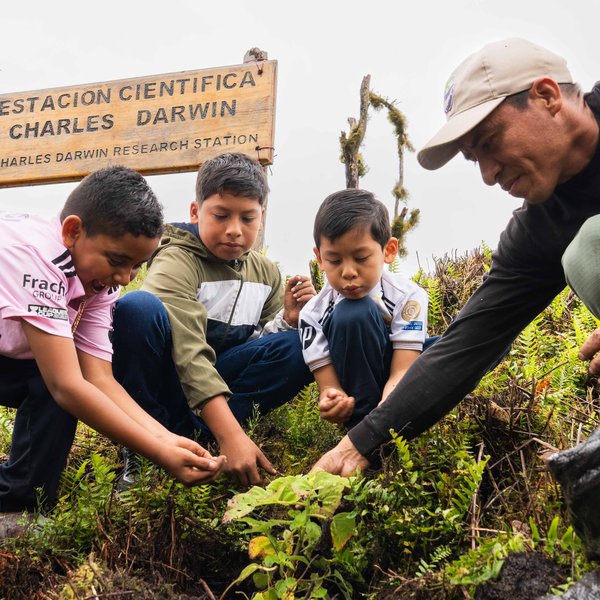
Discover the revival of Isabela Island’s historic Children’s Forest, a once-forgotten sanctuary of the endangered Scalesia cordata. From its origins with Don Jacinto to today’s community-led restoration, this story reconnects generations through conservation, memory, and hope. Click to explore how a beloved forest is coming back to life.

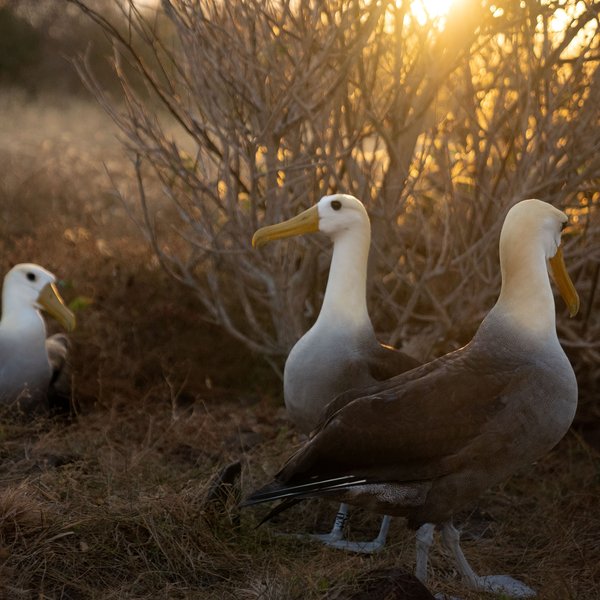
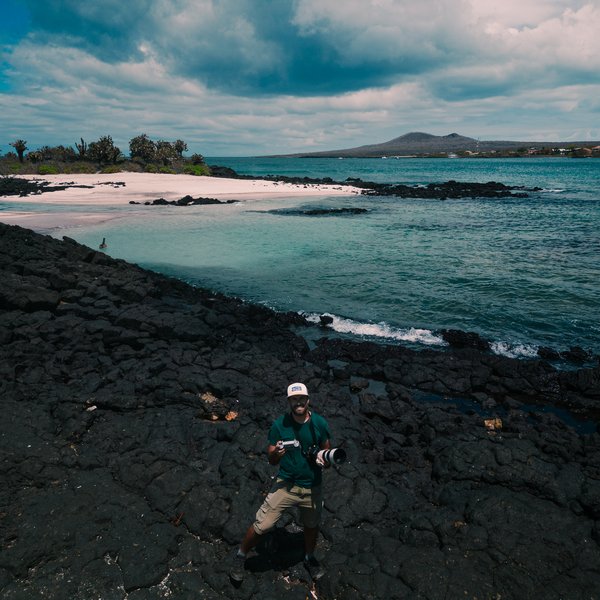
A Quito Photographer's Chronicles in the Enchanted Islands
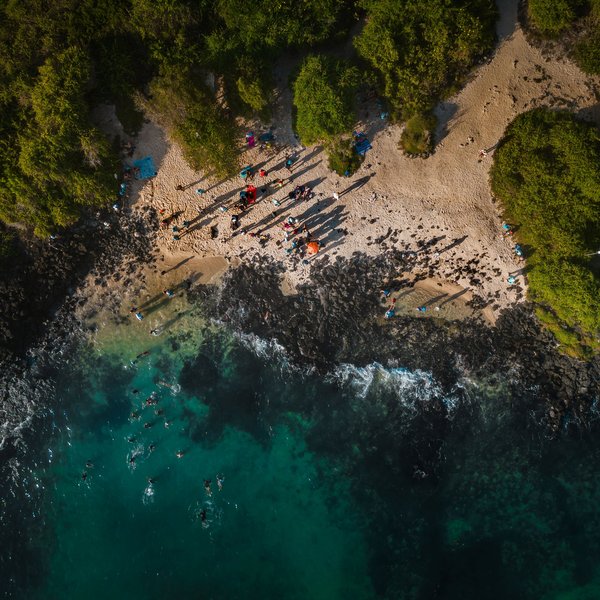
Learn how to explore the Galapagos Islands responsibly. Our FAQs cover their volcanic origins, unique wildlife, and how every visit can help protect this extraordinary ecosystem.





